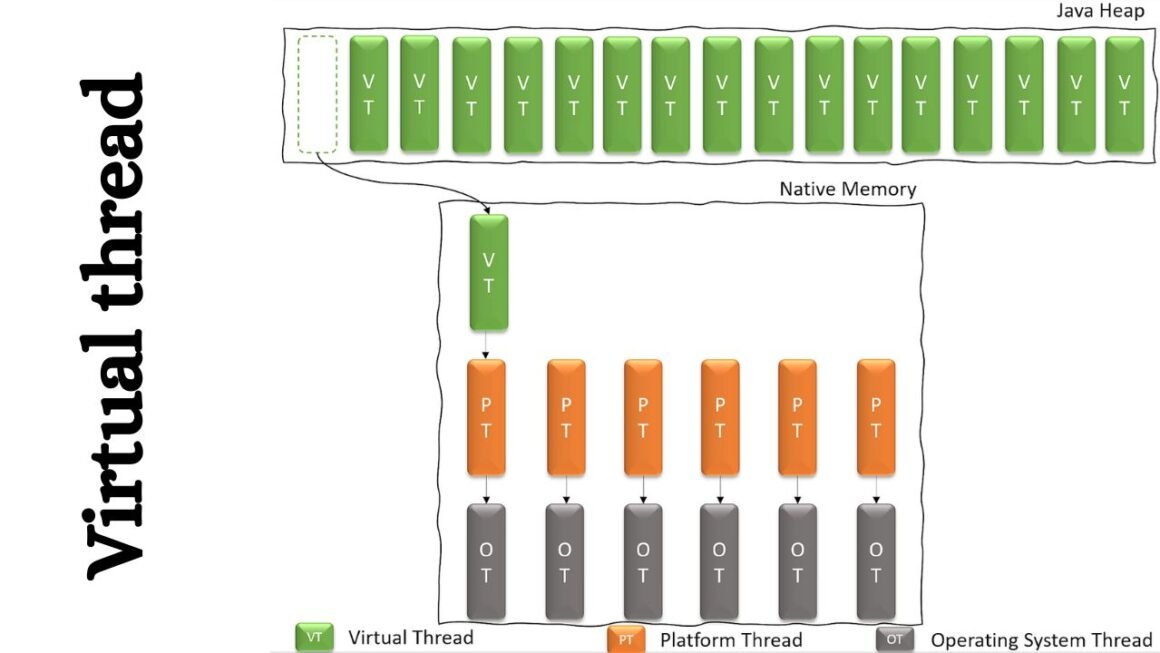Table of Contents
ToggleIntroduction: Understanding Virtual Thread Performance
Virtual thread performance has become a hot topic in the tech world, with many claims and buzz surrounding its capabilities. But what exactly does it entail? Let’s dive deep into demystifying virtual performance and uncovering the truth behind the buzz.
Breaking Down Virtual Thread
Before delving into performance aspects, it’s crucial to grasp the concept of virtual threads. Essentially, virtual threads are lightweight threads managed by the runtime environment, allowing for concurrent execution without the overhead of traditional operating system threads.
Dispelling Myths: The Truth About Virtual Thread Performance
- Enhanced Scalability: Contrary to popular belief, virtual threads do not inherently guarantee improved scalability. While they offer concurrency benefits, scalability hinges on various factors such as workload distribution and system architecture.
- Efficiency in Resource Utilization: Virtual threads are often touted for their efficiency in resource utilization. However, this efficiency is contingent upon proper management and optimization practices within the application code.
- Mitigating Bottlenecks: Virtual threads can help mitigate bottlenecks by enabling parallel execution of tasks. Nevertheless, identifying and addressing bottlenecks requires a holistic approach, encompassing both software and hardware optimizations.
Optimizing Virtual Thread Performance: Key Considerations
- Thread Pool Management: Efficient utilization of thread pools is paramount for maximizing performance. Implementing dynamic resizing and workload prioritization strategies can ensure optimal resource allocation.
- Synchronization Mechanisms: Effective synchronization mechanisms, such as locks and barriers, play a crucial role in coordinating virtual thread activities. However, excessive synchronization can introduce overhead, necessitating careful design choices.
- Asynchronous Programming Models: Leveraging asynchronous programming models, such as CompletableFuture in Java, can harness the power of virtual threads for non-blocking I/O operations and task parallelism.
Conclusion
In conclusion, demystifying virtual thread performance requires a nuanced understanding of its underlying principles and practical implications. By debunking myths and exploring optimization strategies, developers can harness the full potential of virtual to build robust and scalable applications in the ever-evolving landscape of software development.



